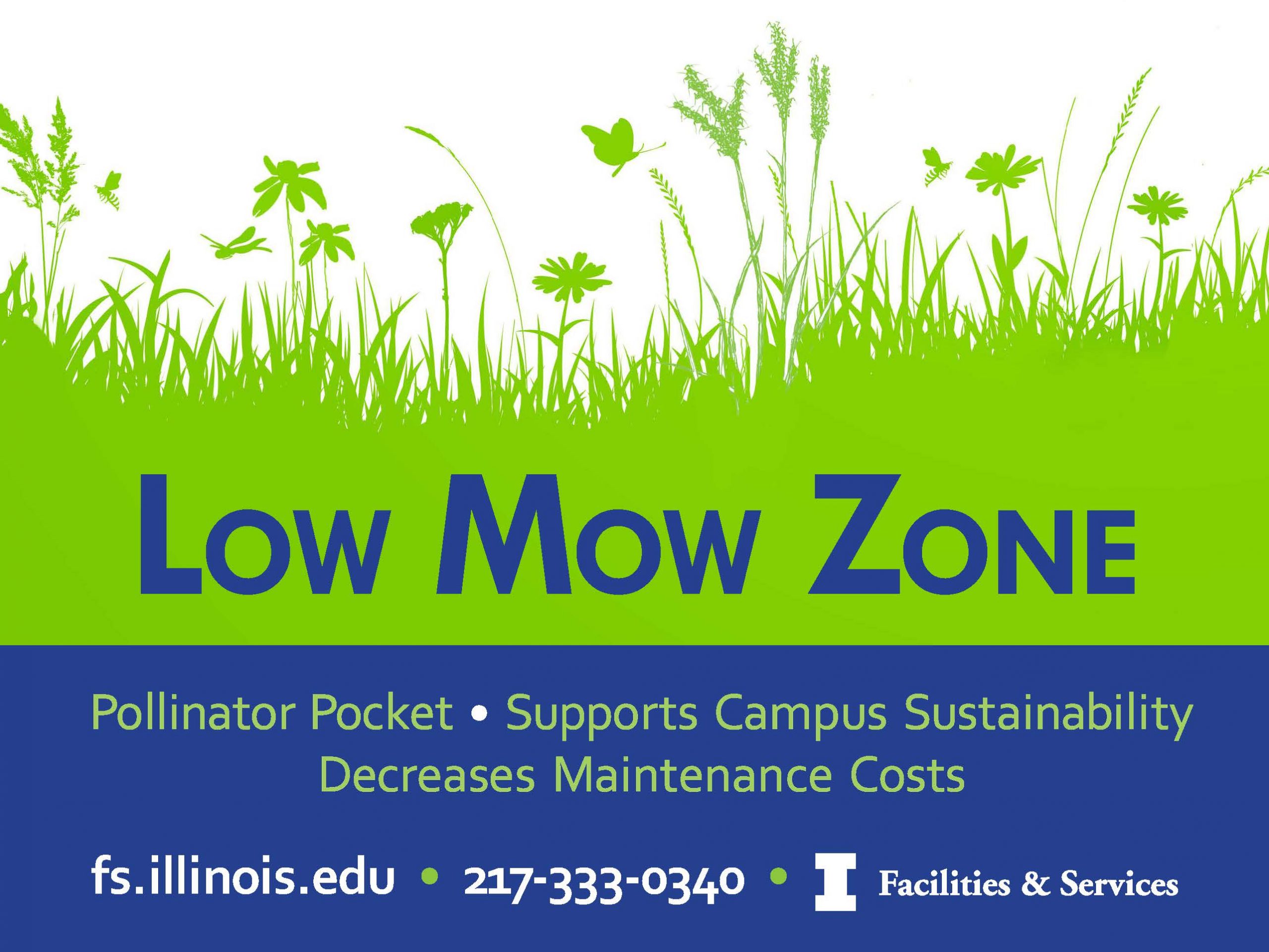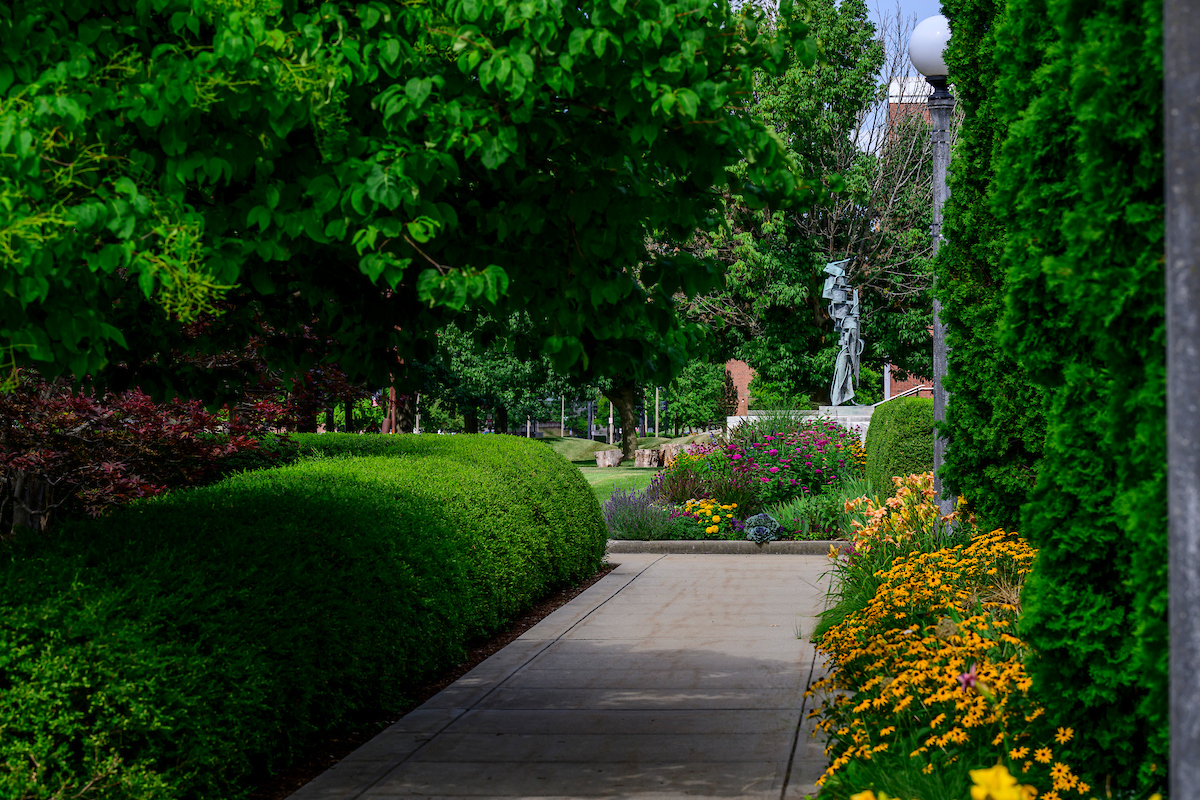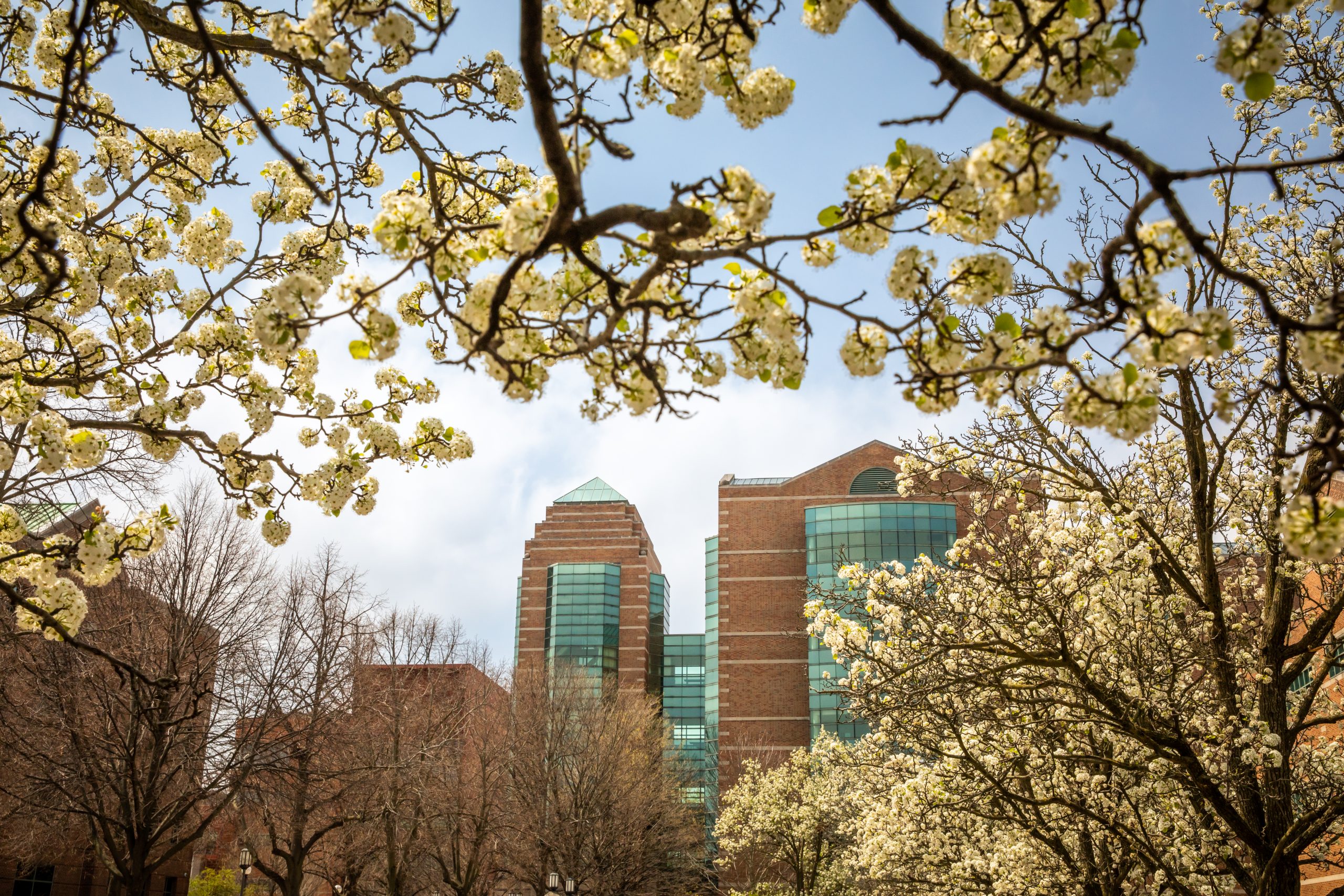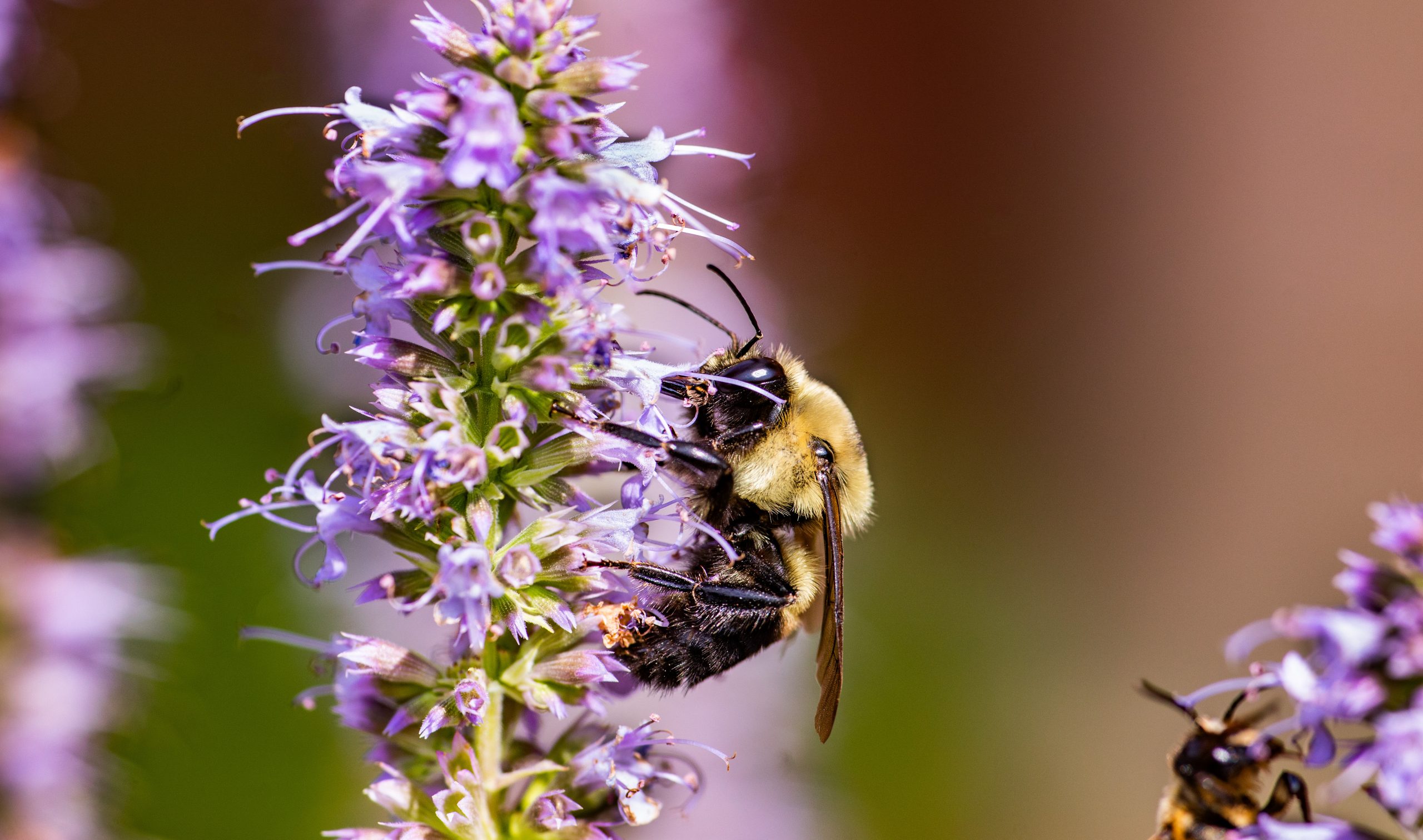Low Mow Zones

F&S established “Low Mow Zones” in 2010 to support sustainability, increase pollinator support, and decrease maintenance costs. Due to the continuous presence of invasive species and undesirable tree saplings, occasionally all campus areas need to be mowed to help further balance and maintain the environment.
Cutting low mow zones intermittently lessens the seed production from weeds and non-native plants, decreasing the invasive seed bank for next year. This process is essential to minimize intrusive weeds such as Canada Thistle, Queen Anne’s Lace, Teasel, Ragweed, etc., as well as invasive woody tree species, while encouraging the growth of native perennials.
By reducing mowing frequency, the university is efficiently stewarding resources and re-establishing sustainable landscapes on campus for the benefit of students, faculty, staff, and visitors.
Benefits:
- Serve as natural laboratories for horticulture, ornithology, entomology, environmental science classes, and general observation
- Enhance habitats for local and migratory birds and insects, including butterflies and bees
- Encourage higher quantities and quality levels of native plant growth
- Reduce fuel consumption and carbon emissions from mowers and landscaping equipment
Locations
There are eight Low Mow Zones located throughout the Urbana campus broken into 17 separate zone areas.
- Around the campus information booth (at the southwest corner of Kirby Avenue and South Oak Street
Zone C - In Orchard Downs (northeast and southwest corners of the property)
Zones D and L - Northeast and southeast of the Veterinary Medicine Basic Science Building (Lincoln Avenue south of St. Mary’s Road – requested by the department)
Zones H and I - Within Illinois State Water Survey (south of Gerty Drive)
Zones M, P, and Q - Near the detention pond (southwest corner of Windsor Road and First Street)
Zone R - Both sides of south Fourth Street (between St. Mary’s Road and Windsor Road)
Zones E, F, J, K, N, and O - Police Training Institute (south of Curtis Road)
Zone S - Solar Farm 2.0 (north side of Curtis Road)
Zone T
Links
Documents



